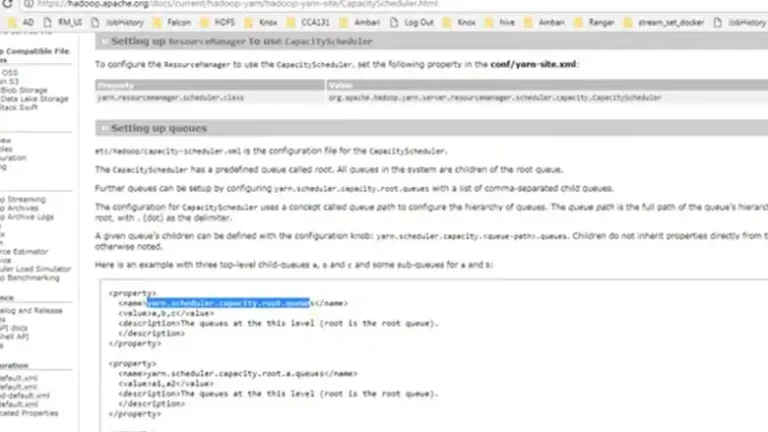VPC Peering vs Privatelink | Differences
In navigating Amazon Web Services (AWS) networking solutions, choosing the right method to connect Virtual Private Clouds (VPCs) or access AWS services securely is pivotal.
Two prominent options, VPC Peering, and AWS PrivateLink, offer distinct approaches to facilitate connectivity and enhance data exchange within the AWS ecosystem.
In this article, we will see the differences between these two.

VPC Peering & AWS PrivateLink
VPC Peering establishes a direct network connection between VPCs, enabling seamless communication between them. This allows resources in one VPC to access resources in another VPC as if they were on the same network. It’s a straightforward way to link VPCs within the same AWS region.
AWS PrivateLink, on the other hand, focuses on securely accessing AWS services without exposing them to the public internet. It establishes private connections between VPCs and AWS services or with services hosted by other AWS customers or partners.
Differences Between VPC Peering and AWS PrivateLink
Amazon Web Services (AWS) provides various networking solutions for connecting Virtual Private Clouds (VPCs) and services within its cloud infrastructure. Among these solutions, VPC Peering and AWS PrivateLink stand out, offering distinct functionalities and catering to specific connectivity needs.
Connectivity Scope
– VPC Peering: It establishes direct connections between VPCs within the same AWS region, allowing seamless communication and resource sharing between them. VPC Peering primarily focuses on interconnecting VPCs.
– AWS PrivateLink: Unlike VPC Peering, PrivateLink concentrates on privately accessing specific AWS services or services hosted by other AWS customers or partners. It doesn’t link entire VPCs but provides secure access to individual services.
Network Isolation and Security
– VPC Peering: While enabling communication between linked VPCs, VPC Peering maintains network isolation boundaries, ensuring security measures are respected. However, it doesn’t enforce data isolation between the connected VPCs.
– AWS PrivateLink: PrivateLink emphasizes privacy and security by offering private connectivity to specific AWS services. It ensures that data remains within the AWS network without traversing the public internet, enhancing security for sensitive applications or data.
Access Control and Granularity
– VPC Peering: It provides connectivity between entire VPCs, allowing resources in one VPC to access resources in another. However, access control is typically at the VPC level, limiting granular control over individual services.
– AWS PrivateLink: PrivateLink offers granular access controls for specific services, allowing administrators to manage access policies at a service level within the VPC, providing more refined permissions.
Use Cases and Applications
– VPC Peering: It is suitable for scenarios requiring collaboration or resource sharing between VPCs, such as multi-departmental applications or shared services within the same organization.
– AWS PrivateLink: PrivateLink is ideal for securely accessing specific AWS services privately, especially when dealing with sensitive data, compliance requirements, or when partnering with external entities requiring controlled access to services.
Frequently Asked Questions
What are the security considerations between VPC Peering and AWS PrivateLink?
VPC Peering maintains network isolation between connected VPCs while allowing communication. AWS PrivateLink emphasizes private and controlled access to specific services, offering enhanced security for sensitive data.
Can VPC Peering and AWS PrivateLink be used together for different purposes within an AWS environment?
Yes, they serve distinct purposes. VPC Peering connects entire VPCs, useful for broad connectivity and resource sharing. AWS PrivateLink, focusing on specific services, ensures secure and private access without exposing them to the public internet. Depending on your needs, you might utilize both for different scenarios.
How do VPC Peering and AWS PrivateLink affect data transfer costs within AWS?
Data transfer costs between peered VPCs within the same region through VPC Peering incur standard AWS data transfer charges. With AWS PrivateLink, data transfer costs associated with accessing specific services may apply, but data stays within the AWS network, avoiding external data transfer fees.
Conclusion
VPC Peering and AWS PrivateLink offer distinct approaches to connecting services within the AWS environment. While VPC Peering facilitates inter-VPC communication and collaboration, AWS PrivateLink emphasizes secure, private access to specific AWS services.






